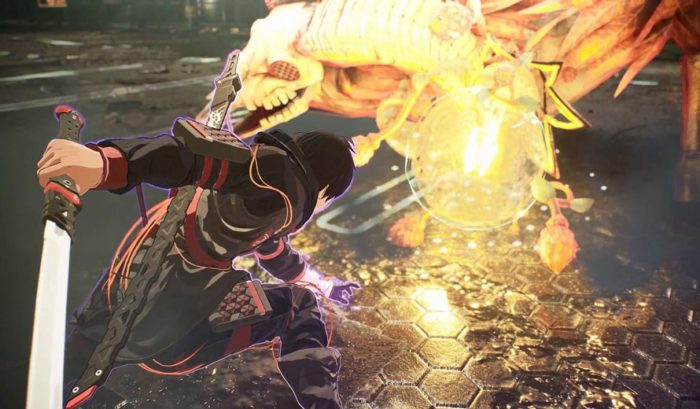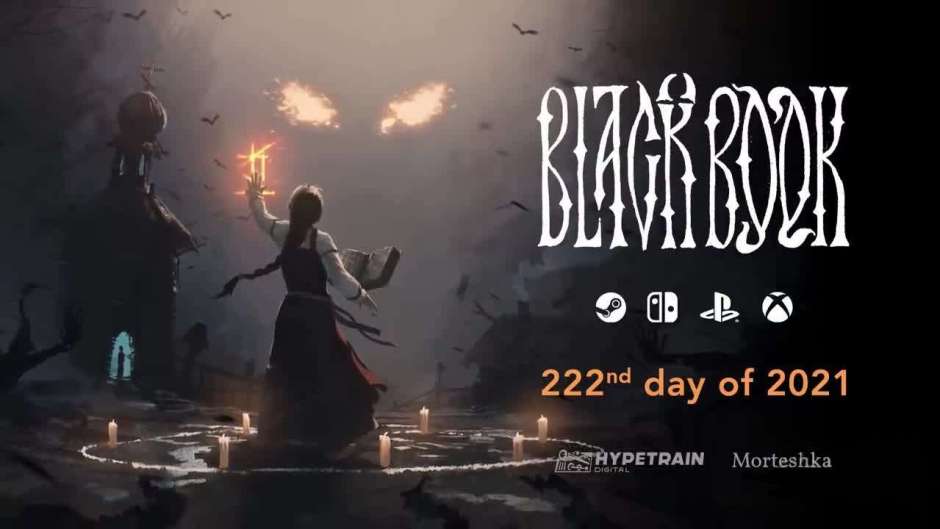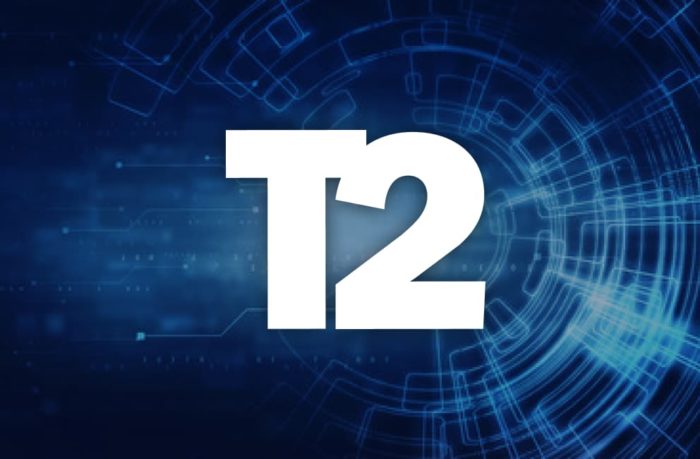So you want to know what an otome game is? The genre is certainly rising in popularity among anime fans, as series like My Next Life as a Villainess: All Routes Lead to Doom! introduce otome tropes to newcomers.
Among English-speaking audiences, otome games have a reputation for being cheesy, simple dating sims about falling head over heels for boys. Neither of these assumptions are true. Over the genre’s 30 year history, otome has embraced more than just girl-meets-boy fairytale weddings. The medium’s dismissal from mainstream conversations largely comes down to backlash against its indulgent fantasies for teen girls and young adult women.
So what are otome games, if not just games for girls about dating boys? And what makes them different from other visual novels or dating sims? We’ve got everything you need to know about otome’s history, notable entries, and recommendations below.
What is an ‘otome game,’ and what does ‘otome’ mean?
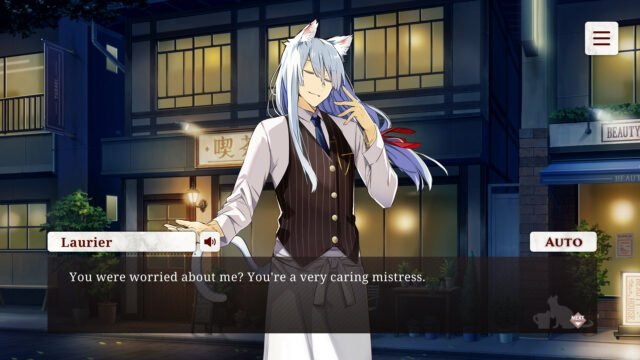
Otome games are romance games made with young women in mind as the core target audience. Otome literally translates to “maiden,” referring to the protagonist of each game. Like shojo, otome audiences range from teens to young adults. Not every otome game is made by women, but many notable entries are, including the genre’s iconic Neoromance franchise.
Emerging in the ’90s, otome borrows heavily from retro shojo manga, down to character archetypes and plot tropes. Otome games can be set anywhere, but often pull from fantasy and historical fiction settings. And while the genre usually focuses on fairytale love stories, more explicit or dramatic titles do exist, not unlike josei (or older adult women’s) manga.
Otome games come in a wide assortment of genres but are most commonly visual novels or dating sims. Many feature stats that alter how other characters interact with the protagonist. And yes, in most otome games, players try to get their desired love interest to fall for them. Traditional otome games feature several different romance paths, and some stories even lean into harem anime tropes to accommodate the large cast.
What is now considered the first otome game, Angelique, released on the Super Famicom in 1994. The game follows Angelique Limoges, a high school girl who is primed to become a queen. Angelique was originally made for pre-teen girls, but the romance sim quickly proved popular with adolescents and young women. Angelique has since been rereleased several times, seen numerous sequels, and been adapted for manga, anime, and television.
Though official English translations are scarce for most releases, English-speaking otome communities regularly provide recommendations for which contemporary games fans should seek out. Over 2,600 otome games exist according to the Visual Novel Database, including nearly two dozen titles still planned for 2021.
Otome is just as prone to satire and parody too. One of the most famous includes PigeoNation Inc’s 2011 Hatoful Boyfriend: A School of Hope and White Wings, the so-called pigeon dating sim. The game’s 2014 rerelease remains one of the most popular visual novels on Steam.
Importantly, yaoi (or boys’ love) games generally fall outside the scope of otome despite their many similarities. Otome games feature a female character as the protagonist, often existing as a blank slate for the player, whereas BL focuses more on gay male pairings. Granted, BL and otome games’ audiences often intersect, in part because both genres feature indulgent fantasies popular among young women.
Are all otome games about women dating men?
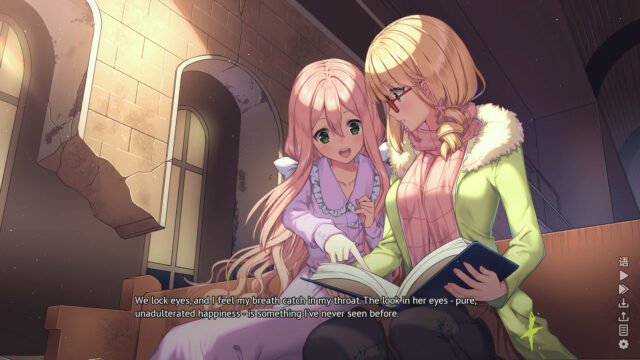
Otome romance has long been defined by its male love interests, but that’s not the whole picture. The Visual Novel Database lists 121 otome games featuring yuri romance content, of which 31 titles have a bisexual protagonist. Seven games are also tagged for explicit depictions of lesbian sex. Yuri may not be a mainstay in most otome games, but it’s certainly part of the genre.
And though it is still an esoteric niche in English-speaking markets, otome has found success among Western anime and manga fans through original English language visual novels. Many of these games are designed for queer women. Love Conquers All Games’ 2016 Ladykiller in a Bind, though much more explicit than conventional otome, maintains its status as one of the most popular lesbian visual novels by and for queer players. Studio Elan, the developers of English yuri VNs Highway Blossoms and Heart of the Woods, recently released a demo for the upcoming release Please Be Happy. The game features otome’s traditional gameplay mechanics atop the studio’s saccharine storytelling.
Other popular otome English visual novels include Cute Demon Crashers!, Magical Diary, and Hustle Cat.
Otome has its own unique place in the history of video games thanks to its women-focused premise and gameplay. The diverse and storied genre has resonated with players around the world for decades and only continues to grow. Interested in giving the genre a shot? Check out itch.io’s otome tag and Steam’s category for more popular hits.
